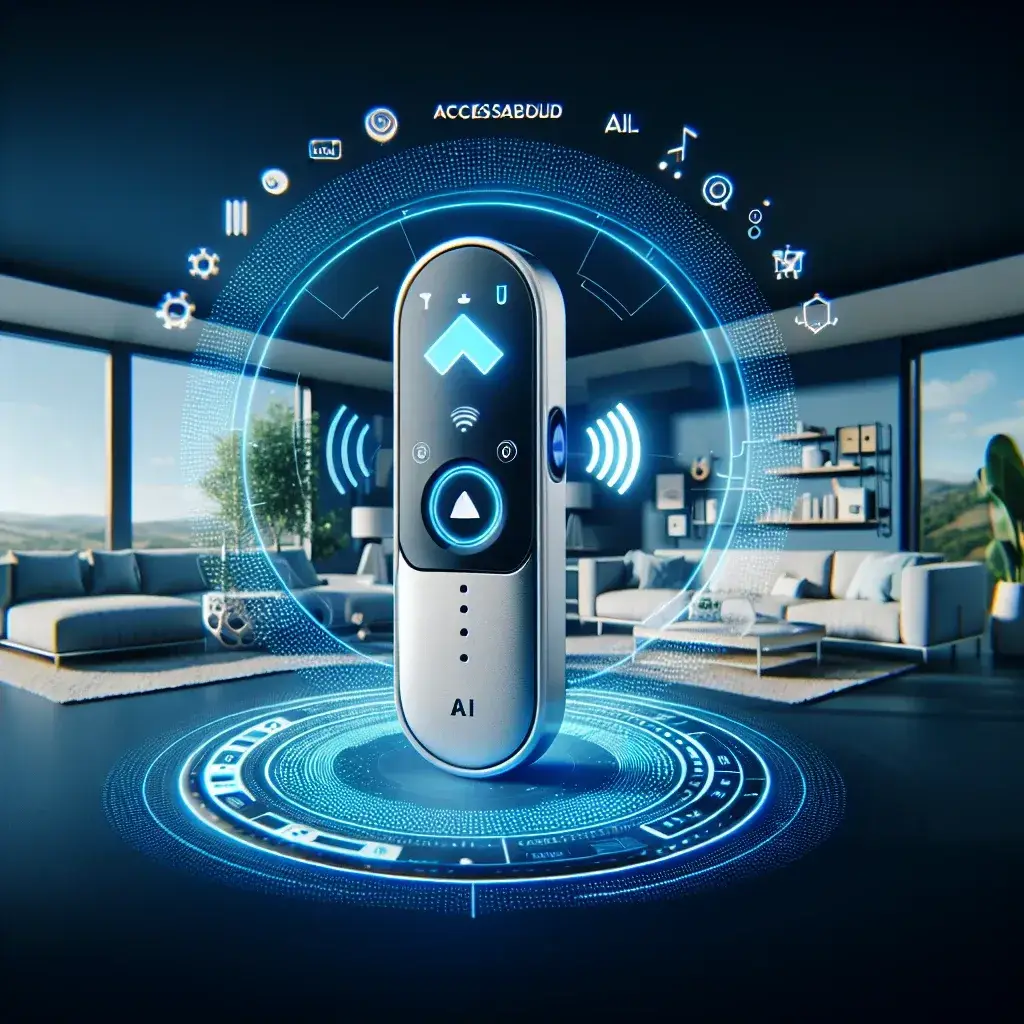Comcast Expanding AI Voice Remote Features for U.S. Accessibility Users
Introduction
In a significant move towards inclusivity, Comcast has announced the expansion of its AI voice remote features aimed specifically at accessibility users in the United States. This initiative not only reaffirms Comcast’s commitment to providing equal access to entertainment but also highlights the importance of technology in enhancing the quality of life for individuals with disabilities.
The Evolution of AI Voice Remotes
AI voice technology has come a long way since its inception. Initially designed for basic command functionality, today’s voice remotes are equipped with advanced artificial intelligence that enhances user experience. Comcast’s AI voice remote allows users to navigate, search, and control their entertainment systems through natural language, making it easier for those with mobility or visual impairments to access content.
Historical Context
The journey of voice recognition technology can be traced back to the 1950s, but it gained mainstream traction in the early 2000s with the introduction of devices like Apple’s Siri and Amazon’s Alexa. Comcast recognized the potential of voice technology earlier on and has been integrating it into its services to improve accessibility.
New Features for Accessibility Users
Recently, Comcast announced several new features aimed at enhancing the usability of their AI voice remote for accessibility users:
- Enhanced Voice Recognition: The AI now recognizes a wider range of accents and speech patterns, making it more effective for diverse user bases.
- Customizable Commands: Users can personalize commands to suit their unique preferences and needs, allowing for a more tailored experience.
- Audio Descriptions: Content can now be delivered with audio descriptions, aiding users with visual impairments in understanding what is happening on-screen.
- Voice Tutorials: New tutorials have been integrated to help users familiarize themselves with voice commands and features.
Importance of Accessibility Features
Accessibility features address the needs of millions of Americans living with disabilities. According to the U.S. Census Bureau, over 61 million adults in the U.S. live with some form of disability. With the expansion of AI voice remote features, Comcast is not just complying with accessibility standards; it is setting a benchmark for the industry.
Future Predictions
The future of voice-activated technology looks promising, especially in the realm of accessibility. Experts predict that advancements in machine learning will result in even more intuitive AI systems capable of understanding emotional tones and context, thereby offering a more personalized user experience. As Comcast continues to innovate, we can expect further enhancements aimed at making entertainment accessible to all.
Pros and Cons of AI Voice Remotes
While the benefits of AI voice remotes are evident, it’s important to also consider potential drawbacks:
- Pros:
- Increased accessibility for users with disabilities.
- Simplifies navigation and control of entertainment systems.
- Enhances user experience through personalization.
- Cons:
- Dependence on technology may lead to frustration if not functioning properly.
- Concerns regarding privacy and data security.
- Users may face a learning curve in adapting to new features.
Real-World Examples
Numerous users have shared their positive experiences with Comcast’s AI voice remote. One user, Sarah, a visually impaired individual, described how the audio description feature has transformed her viewing experience, allowing her to enjoy movies and shows without relying on others for assistance. Another user, Mike, who has limited mobility, expressed gratitude for the customizable commands, stating that it has empowered him to control his entertainment system independently.
Cultural Relevance
As society progresses towards inclusivity, the cultural significance of accessibility features in technology cannot be overstated. Comcast’s initiative reflects a broader movement advocating for the rights of people with disabilities. By enhancing AI voice remote features, Comcast is leading the way in fostering a culture of inclusivity within the tech industry.
Expert Quotes
Experts in technology and disability advocacy applaud Comcast’s efforts. Dr. Emily Johnson, a leading advocate for disability rights, stated, “Comcast’s expansion of AI voice remote features is a significant step towards ensuring that technology serves everyone, regardless of their abilities. It demonstrates a commitment to inclusivity that other companies should strive to emulate.”
Conclusion
Comcast’s efforts to expand AI voice remote features for U.S. accessibility users mark an important leap forward in making entertainment accessible to all. As technology continues to evolve, so too should our commitment to inclusivity. With advancements in AI and a focus on user needs, Comcast is not only enhancing the viewing experience but also paving the way for a more inclusive future in technology.

